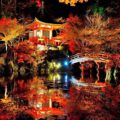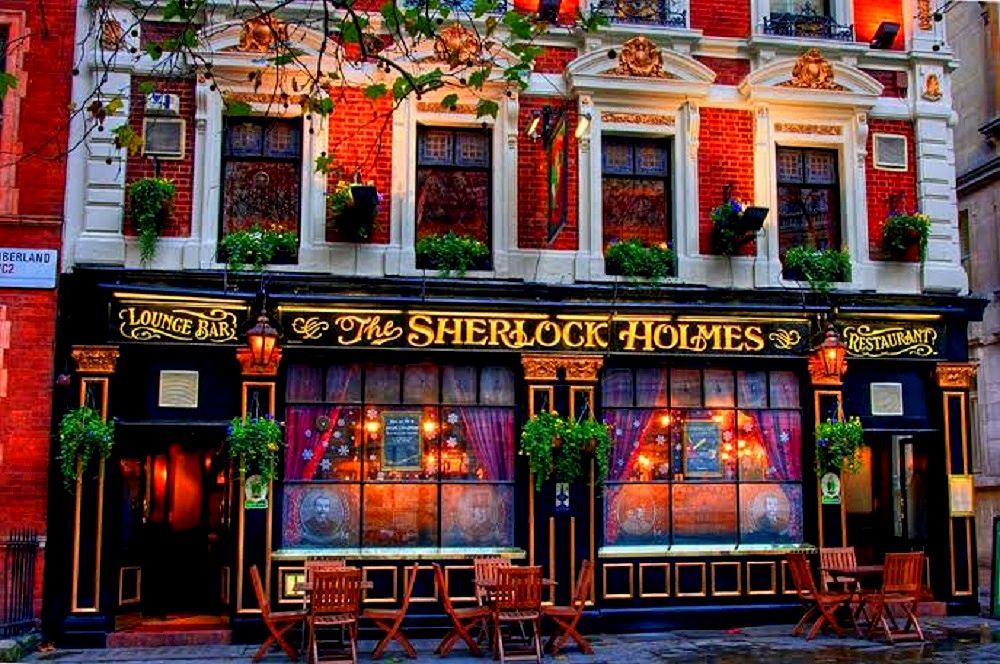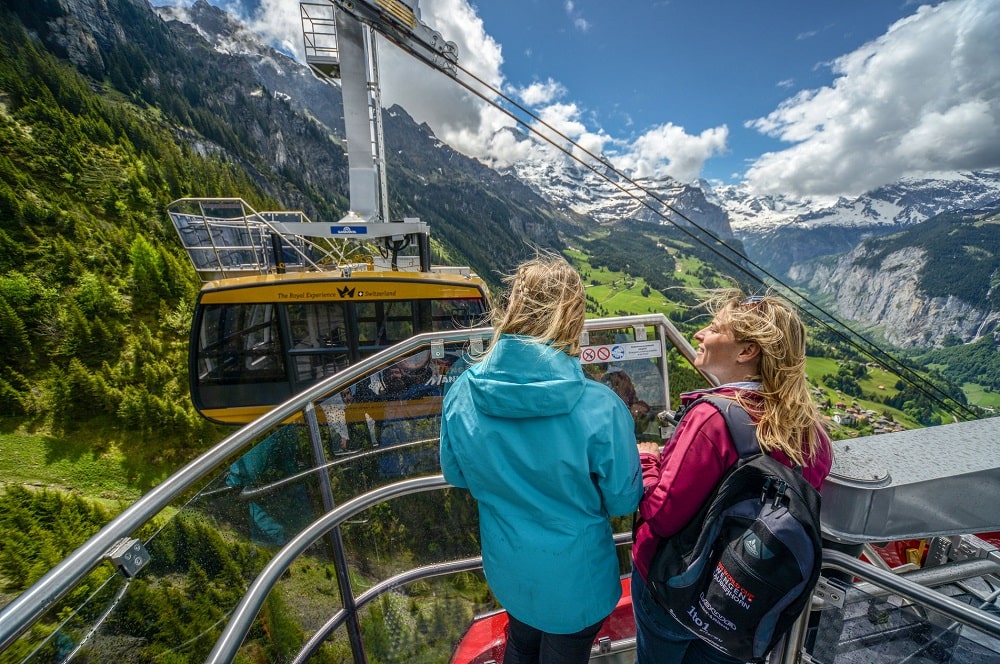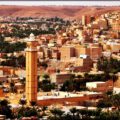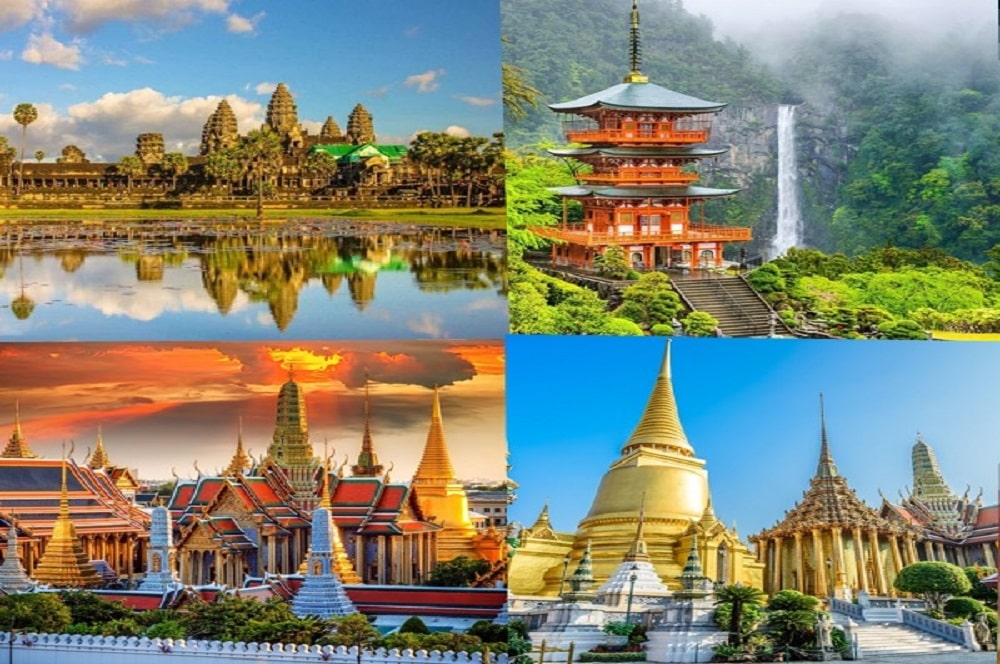
Far East trips take travel lovers on an inner journey. These most attractive countries of travel rods host millions of travelers year-round with the mystical atmosphere, popular cities, extraordinary food ceramics and, of course, the mystery of Chinese and Japanese temples. Places to visit in the Far East cover a vast geography ranging from China to Vietnam, from Cambodia to Nepal. Thus, this wide area reflects the colors of a magnificent cultural diversity worth exploring.
Islam, Buddhism, Christianity religions and ancient beliefs of ethnic groups coexist in Far Eastern countries. Every traveler, whose path falls into the Far East, knows that he must see the mysterious shrines of these beliefs, the temples of Japanese and China. Here are 5 world-famous temples that are indispensable stops for the Far East trip.
1. Wat Phra Kaew, Thailand
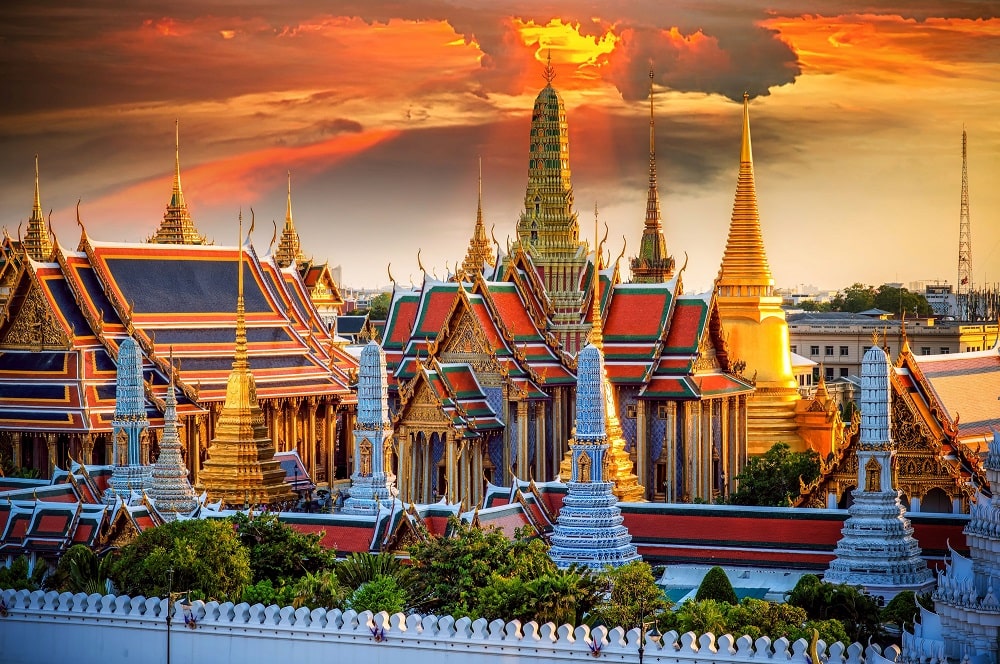
Thailand is one of the most interesting stops of the Far East travel with its temples and the streets where Thai massage is born, among the Far Eastern resorts. The capital of the country, Bangkok, is also a respected capital of temple culture. Just like the Chinese and Japanese temples, Thai temples have the use of Buddha statues in different forms. Wat Phra, whose appearance is not much different from other Buddhist temples, amazes its visitors with the Buddha statue placed in the heart of the temple and carved into a single emerald block. 66 cm. High, depicted while meditating, the Buddha statue has been protecting the temple and the Buddhist people since the 13th century.
2. Temple of Heaven, China
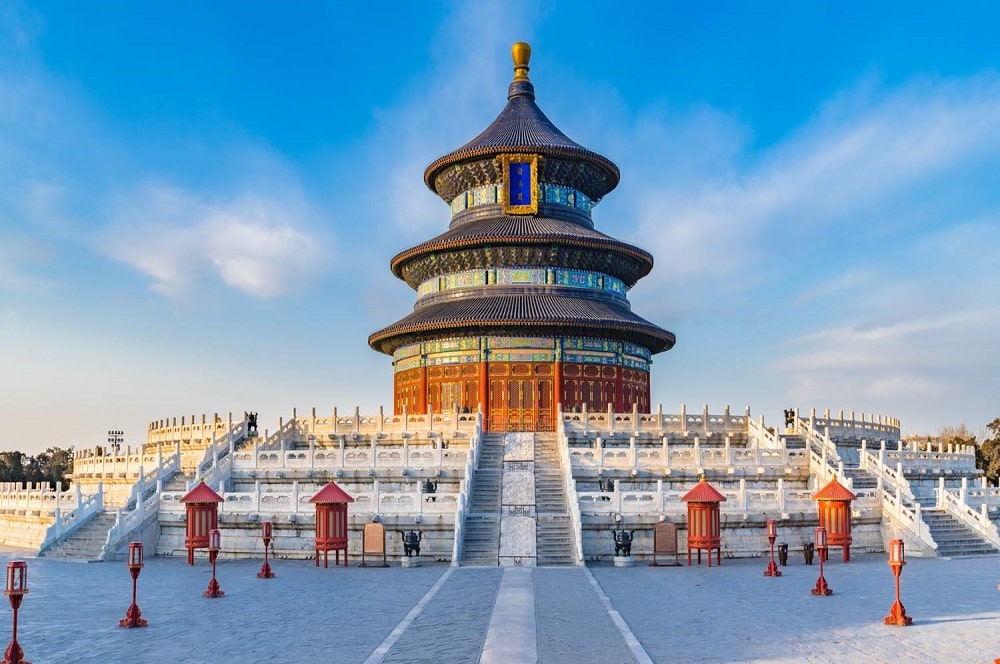
The Temple of Heaven, the largest of the Chinese temples, has been hosting visitors in the capital Beijing for 500 years. This famous complex, built during the Ming Dynasty, stands out among other Chinese temples with its story and width. The floor of the temple, which depicts a square-shaped Earth and a faith in a circular structure, is built in a square and a round structure. Like all Chinese temples, the Temple of Heaven almost hypnotizes those who see traditional Chinese architecture with its blue and red domination.
3. Wat Pho, Bangkok
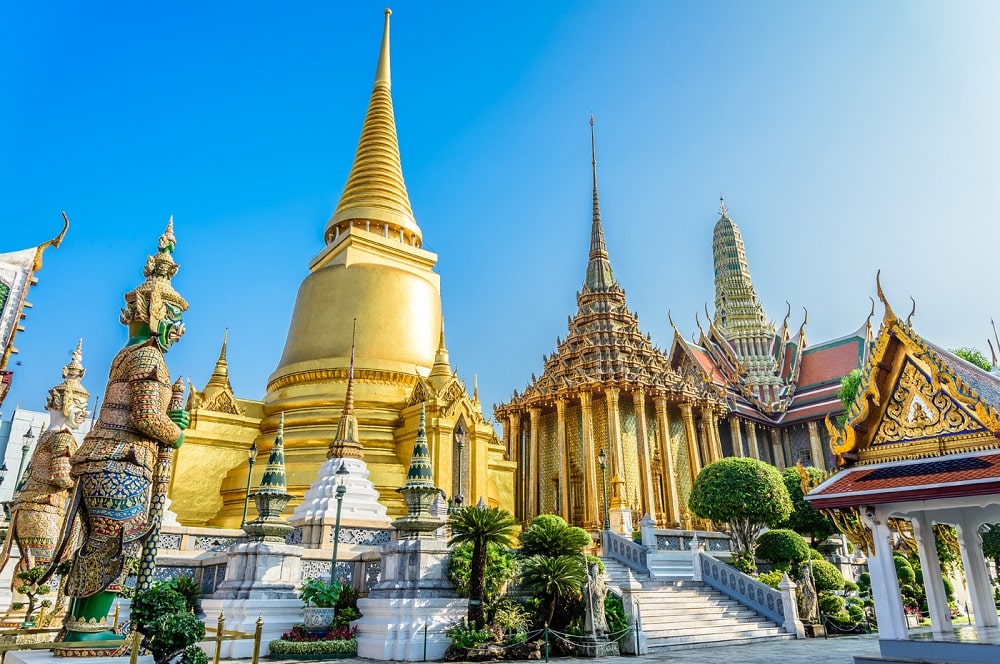
Wat Pho, the Reclining Buddha Temple, one of Bangkok’s most popular temples, is also a center of science, meditation, medicine and education. In the temple, known as Thailand’s first university, meditation and traditional massage training have been provided since the beginning of the 16th century. The most powerful symbol of the temple is the gold leaf coatings, the giant Buddha statue with a height of 46 meters and a height of 15 meters. The statue, which symbolizes the reaching of the Reclining Buddha to nirvana, opens the doors of brand new mysteries to its visitors with positive messages engraved on the soles of the feet.
4. Ise Jingu, Japan
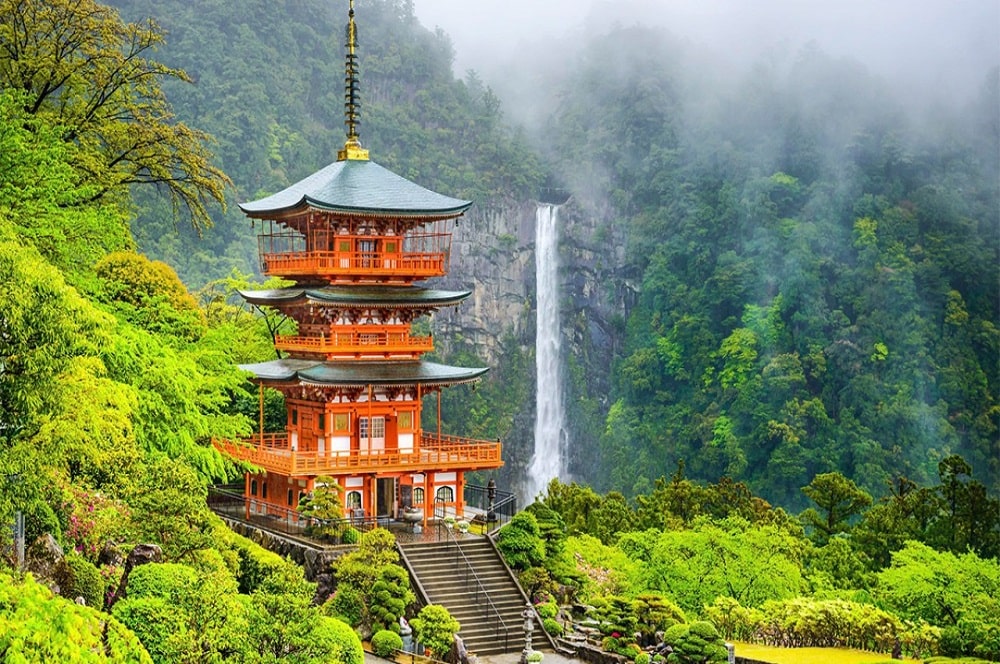
Japanese temples are usually shrines where Shinto beliefs are lived. In Ise Jingu, which means “the heart of Japan”, every year, wishes of peace and well-being echo in the rituals attended by local people and thousands of tourists from the Shinto faith. Japanese temples sometimes arouse curiosity with their appearance that feels like floating on the water, and sometimes with their interesting rituals leading to the reality of wishes.
The Japanese temples, which are renewed every 20 years, promise the most intriguing sightseeing of architecture. While Ise Jingu draws attention with its size like other Japanese temples, it preserves the title of the temple that tourists are most interested in among the temples open to visit. Japanese temples and Chinese temples offer a unique opportunity to meet Far Eastern culture and beliefs. Although there are many mysterious belief symbols like the Uxmal Temple in Mexico, which is the heritage of Mayans all over the world, the Far East creates a real, different, peaceful feeling that you are in the homeland of mysticism.
5. Angkor Wat, Cambodia
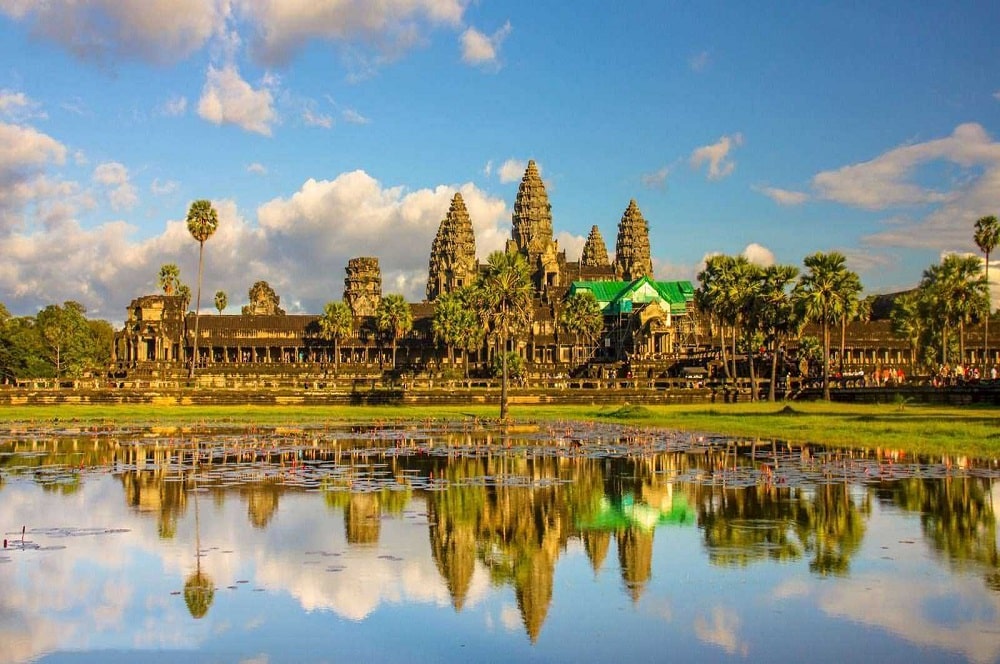
Angkor Wat, which rises in the northern forests of Cambodia, in Siem Teap, with all its glory, has been on the UNESCO World Heritage List since 1992. Just like Japanese and Chinese temples, Cambodian temple history is decorated with interesting stories. It is known that the god-king and his close family, priests, dancers and harem members who lived in the wall decorations lived in the temple, which was built during the Khmer Empire, which ruled for 630 years. With Angkor Wat, one of the largest temples in the world, more than fifty temples are still available today in Cambodia. During your visit to Angkor Wat, you can see the priests working at the temple or the praying Khmers, and greet a quiet day in the corridors of this building, as famous as other Japanese and Chinese temples.

